(CPV) - Director of the Department of Public Asset Management Nguyen Tan Thinh said that this general inventory not only aims to meet the requirements of public asset management but is also an important step to realize the Party and State's policy on practicing thrift and fighting waste.
On December 18, the Ministry of Finance held a press conference to provide detailed information on the general inventory of public assets at agencies, organizations, units and infrastructure assets invested and managed by the State. This is a key task in the 2024-2025 period, aiming to improve the efficiency of public asset management, practice thrift, combat waste and serve the socio-economic development strategy.
 |
| Director of the Department of Public Asset Management Nguyen Tan Thinh speaks at the press conference (Photo: MP) |
Director of the Department of Public Asset Management Nguyen Tan Thinh said that this inventory is strategic, implementing major policies of the Party and the State. It not only aims to grasp the current state of public assets in terms of quantity, value, and usage status, but also creates a basis for perfecting policies on management and exploitation of assets more effectively. This is the first time a nationwide public asset inventory, covering both fixed assets and infrastructure assets, has been carried out with careful and synchronous preparation.
Pursuant to Decision No. 213/QD-TTg dated March 1, 2024 of the Prime Minister, the Ministry of Finance has developed a detailed implementation plan. The inventory work includes a comprehensive assessment of all types of assets such as fixed assets at agencies, organizations, and units (except for special assets of the armed forces and assets listed as state secrets), along with important infrastructure systems such as roads, railways, aviation, irrigation, water supply infrastructure, industrial parks, high-tech parks, and grassroots cultural and sports institutions. The time to close the inventory data is determined to be 0:00 on January 1, 2025. Assets formed after this time will not be included in the scope of this inventory.
To ensure the progress and quality of the inventory work, the Ministry of Finance has prepared full support tools, including public asset inventory software to help accurately collect and report data. Along with that, the Ministry has also issued inventory forms and indicators, and organized direct and online professional training courses. The instructions are detailed through documents and illustrative videos, facilitating implementation by units.
Currently, the preparation work has achieved many positive results. According to the report of the Ministry of Finance, 44/45 ministries, central agencies and all 63 provinces and cities have established the Inventory Steering Committee and issued detailed implementation plans. Notably, 41/45 ministries, central agencies and all localities have completed professional training for units under their management. This ensures that the basic preparation steps are on track and meet the progress according to the set plan.
However, in addition to initial successes, the inventory work also faces many challenges. Some localities and units have not yet fully recognized the importance of this activity. In addition, the huge workload with nearly 100,000 units subject to inventory nationwide makes the implementation process more complicated. In particular, the inventory of old infrastructure assets such as dikes, roads or public works is difficult due to the lack of complete documents and handover records. Assets related to merged and consolidated agencies also require complete and accurate transfer to avoid loss or waste.
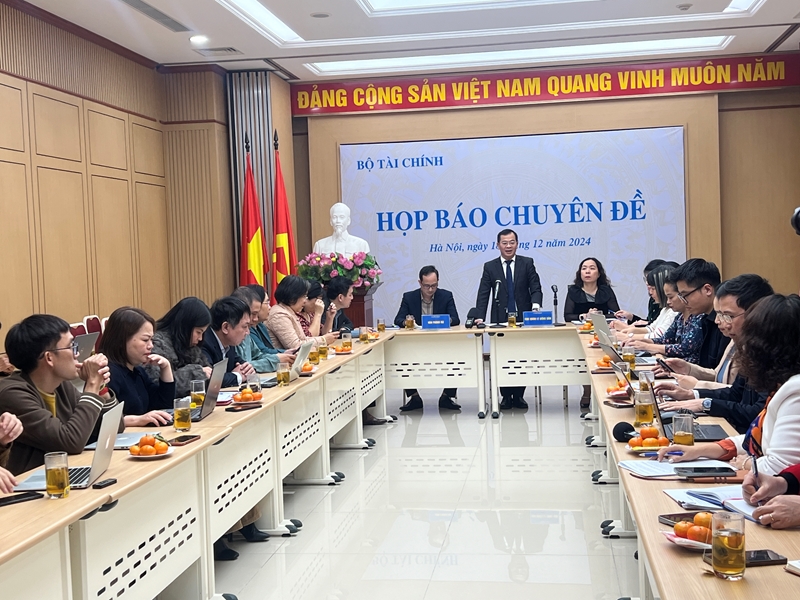 |
| Image at the press conference (Photo: MP) |
Director Nguyen Tan Thinh affirmed that to overcome these challenges, ministries, branches and localities need to strengthen coordination and ensure consistency in implementation. The inventory is not only to comply with regulations, but also an opportunity to re-evaluate the current state of asset management, thereby making appropriate improvements. “The general inventory of public assets is not only an administrative task but also a strategic solution to make public asset management transparent, prevent waste and loss. This is the foundation for optimizing resources, contributing to effectively implementing the country's socio-economic goals,” Mr. Thinh emphasized.
In addition, the representative of the Ministry of Finance also pointed out that, after completing the inventory, agencies and units need to immediately report surplus, unused or ineffective assets for timely handling. This not only helps to improve the efficiency of asset use but also avoids wasting State resources. The Ministry of Finance also sets specific timelines to ensure progress: by December 31, 2024, complete all preparation work; by March 31, 2025, complete the inventory at the units; by June 15, 2025, ministries, branches and localities report the inventory results to the Ministry of Finance. Finally, by July 31, 2025, the Ministry will synthesize a national report and submit it to the Government.
According to Mr. Nguyen Tan Thinh, this general inventory not only meets the requirements of public asset management but is also an important step to realize the Party and State's policy of practicing thrift and combating waste. Through the inventory results, the Ministry of Finance will coordinate with relevant agencies to develop a more effective asset management plan, including perfecting regulations on asset valuation and use, and applying powerful information technology to management, making the monitoring and adjustment of public assets more transparent and convenient.
In the context of public assets playing an increasingly important role as an economic resource, conducting a general asset inventory not only helps optimize resources but also creates a solid foundation for the country's sustainable development. This is an opportunity for Vietnam to improve the efficiency of public asset management, contributing to building a transparent, efficient and sustainable economy.
Source: https://dangcongsan.vn/kinh-te/tong-kiem-ke-tai-san-cong-la-nen-tang-minh-bach-hoa-va-toi-uu-nguon-luc-quoc-gia-686990.html






















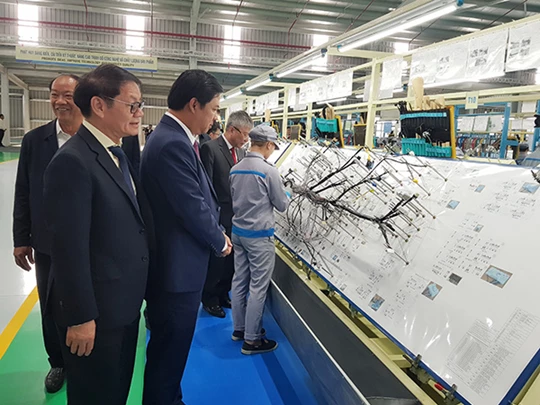

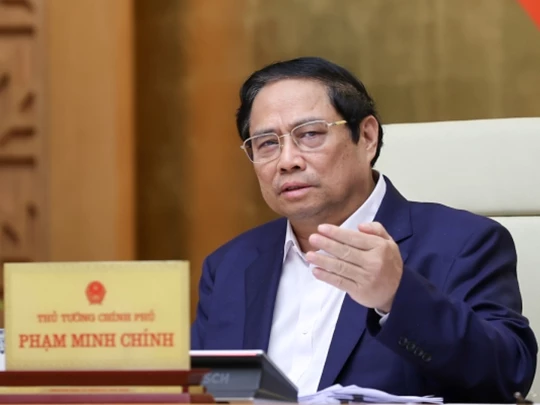
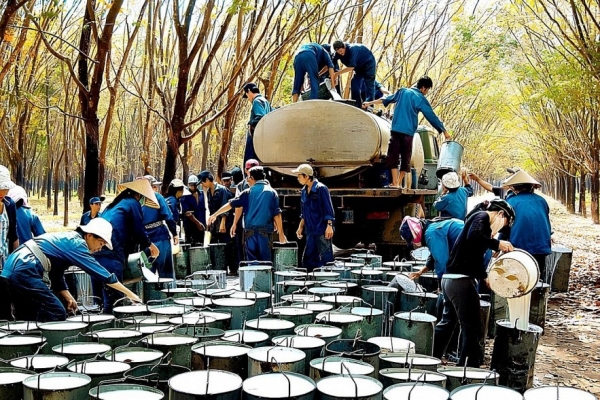


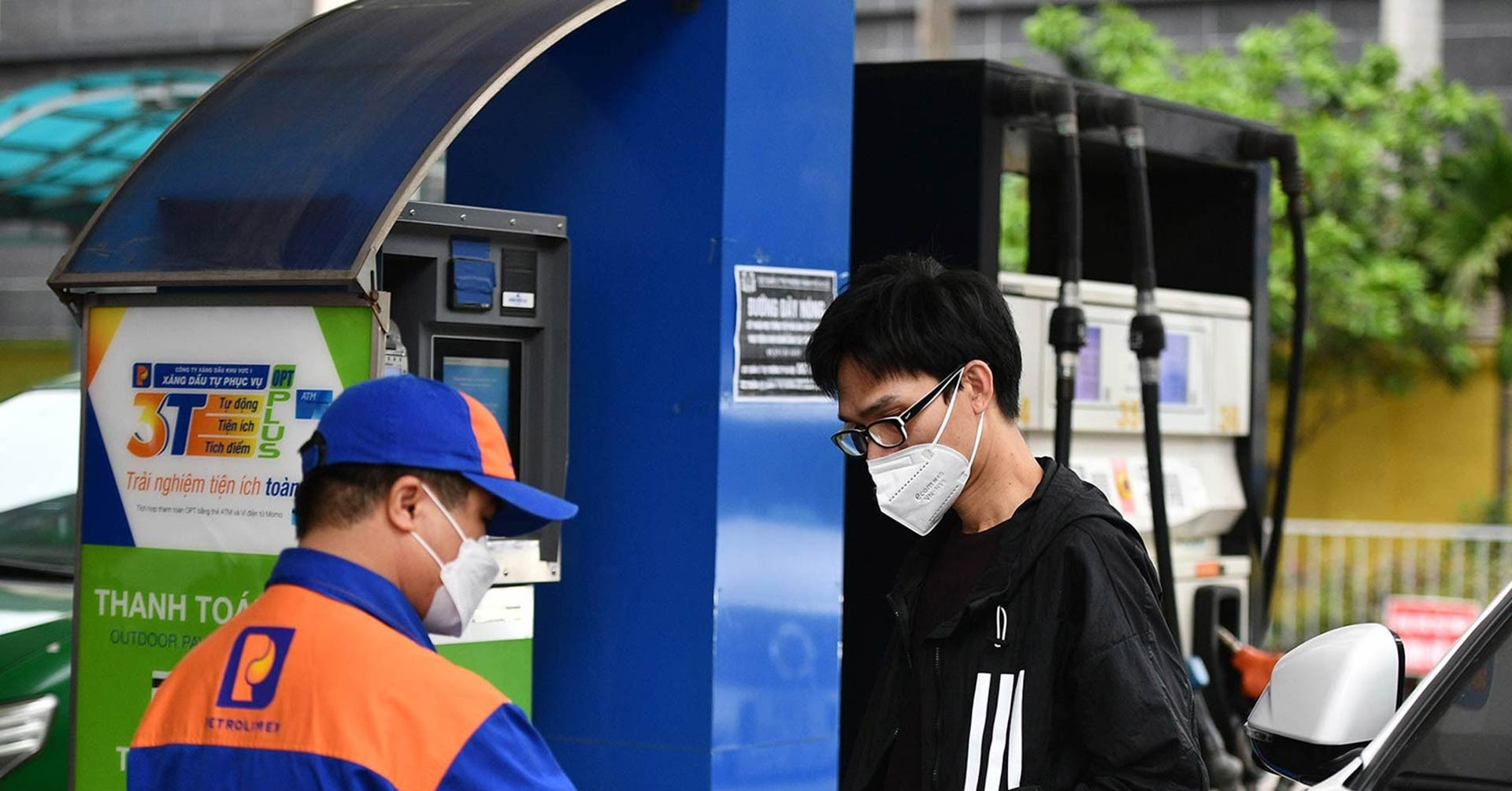



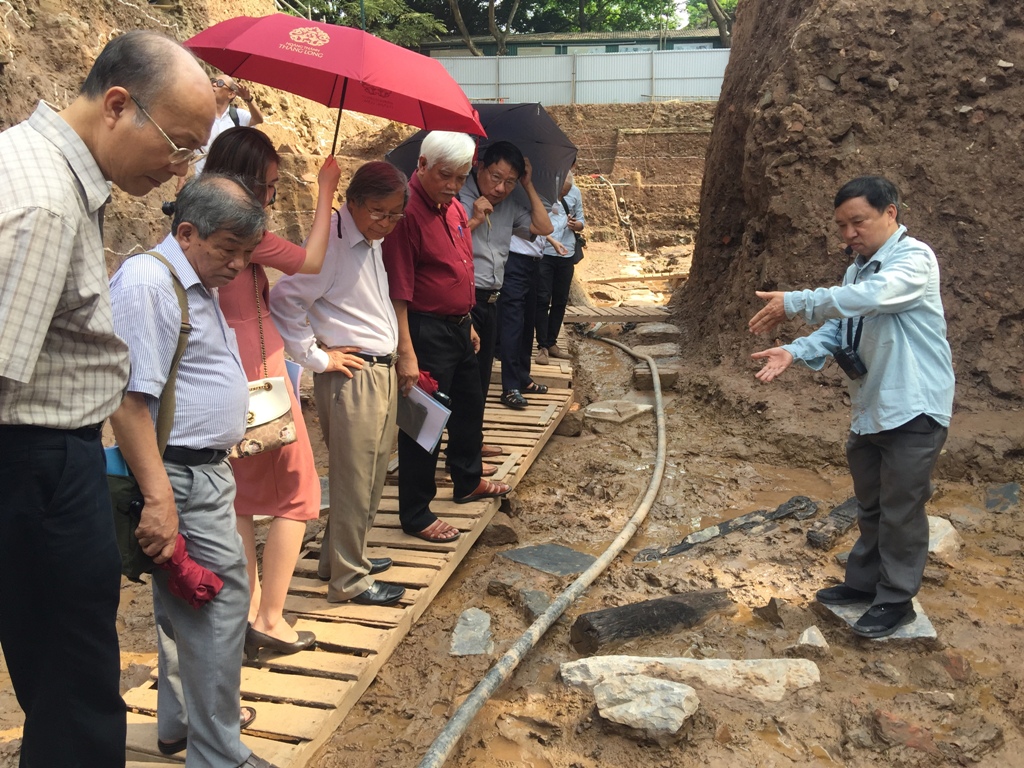

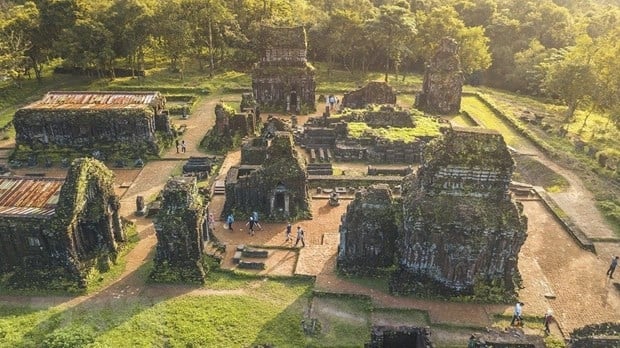








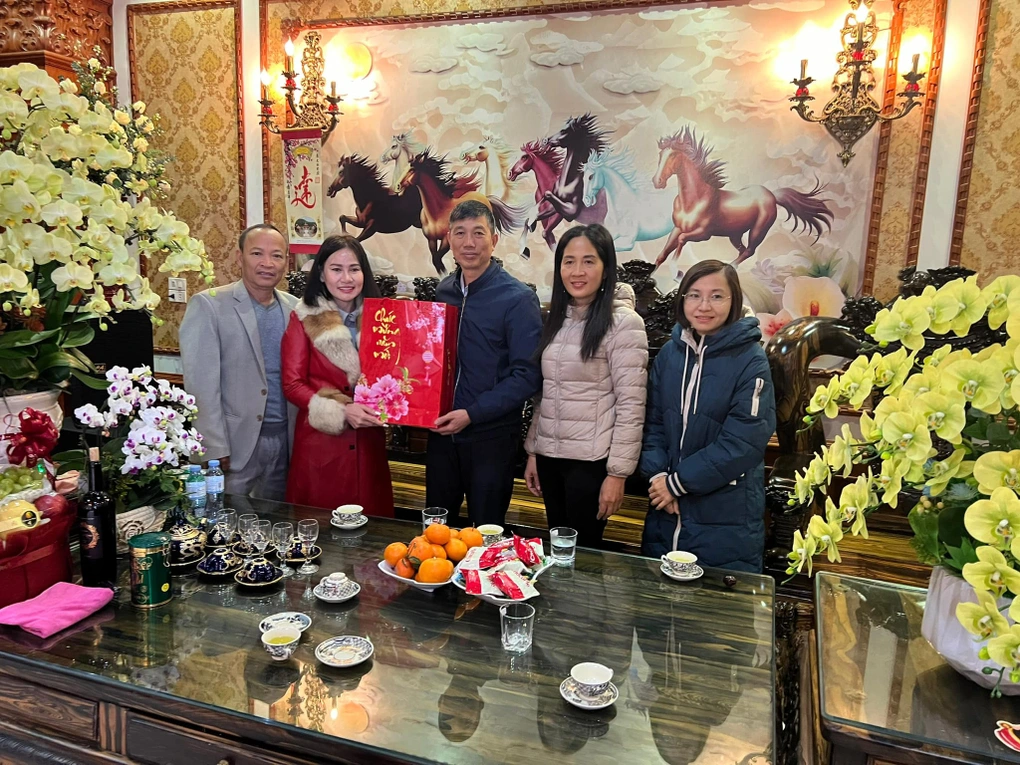








Comment (0)